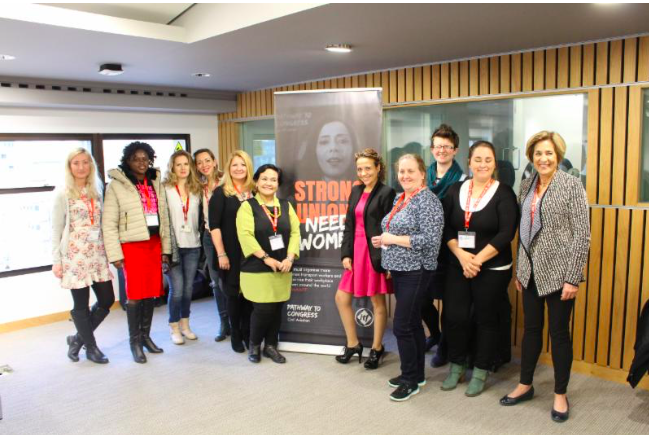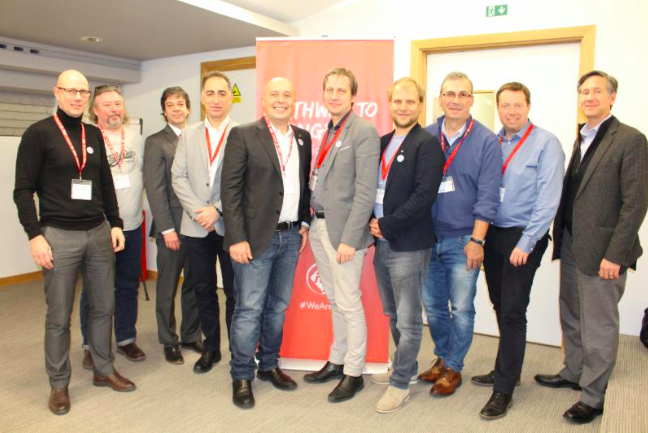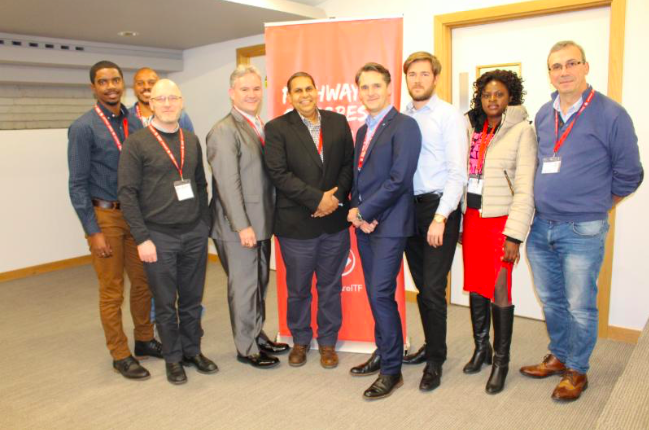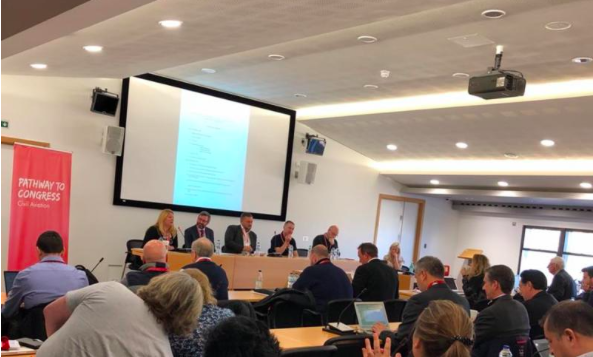
International Transport Workers’ Federation Air Traffic Services

Below is a report from NATCA President Paul Rinaldi and Executive Vice President Trish Gilbert.
Last month (Jan. 15-18) we attended the annual International Transport Workers’ Federation (ITF) Air Traffic Services Committee meeting followed by a three-day conference at ITF House in London.
The committee meeting consisted of briefings on disruptive technologies, such as drones and remote tower technology, fatigue mitigation, and work rules/hours.
The conference was on the Commercialization & Privatization of Air Traffic Control. It focused on the principles, effects, and perspectives of reform on aviation systems around the world.
The conference began with remarks from International Civil Aviation Organization (ICAO) Deputy Regional Director, George Firican from the European and North Atlantic Office in Paris.
Trish, who is the Vice Chair of the ITF Air Traffic Services Committee, moderated the first panel with two employer panelists from UK air navigation service providers (NATS and Air Navigation Solutions) and two from the UK labor union representing air traffic controllers and engineers (Prospect ATCOs branch). The panelists covered the challenges and benefits with the many air traffic controller/technicians/engineering employers and their liberalized ATC tower market in the UK.
Paul was a panelist on the next panel with NAVCANADA, Presidents from Canada’s air traffic controller labor union (CATCA) and Professional Aviation Safety Specialists (PASS). CATCA offered their unique perspective on the positives they have seen since leaving government while also sharing the somewhat tumultuous labor/management relationship they dealt with in the early years of their transition. PASS and NATCA shared the different strategies each union has taken as reform legislation was drafted and introduced the last two sessions of Congress. NATCA shared that many pieces of legislation affect our membership so being involved in drafting any proposals to protect them, which also gives us influence on killing harmful anti-union or anti-federal employee attempts, is the best path. Both unions did share how problematic status quo has become to properly fund the U.S. system.
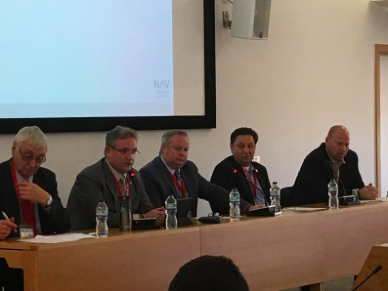 Labor unions from France, Spain and Italy were on the next panel. French air traffic controllers are civil servants but have a mandatory budget fir their system so they are not subjected to political brinksmanship with funding or authorization. Spain has the most similar system as the U.S. in that its lower-activity towers are run by a for-profit air navigation service provider FerroNATS (subsidiary of NATS UK) and its busier towers and ACCs (enroute) are a government corporation. Italy just moved into a for-profit structure where the air navigation service provider is for-profit and now part of their stock exchange. The Italian unions representing air traffic controllers (four) fought the move into this structure, went on strike (more than once), but eventually lost their battle.
Labor unions from France, Spain and Italy were on the next panel. French air traffic controllers are civil servants but have a mandatory budget fir their system so they are not subjected to political brinksmanship with funding or authorization. Spain has the most similar system as the U.S. in that its lower-activity towers are run by a for-profit air navigation service provider FerroNATS (subsidiary of NATS UK) and its busier towers and ACCs (enroute) are a government corporation. Italy just moved into a for-profit structure where the air navigation service provider is for-profit and now part of their stock exchange. The Italian unions representing air traffic controllers (four) fought the move into this structure, went on strike (more than once), but eventually lost their battle.
The next panel consisted of representatives from IFATCA, IFATSEA and ETF with similar viewpoints from the other panelists and attendees. There is universal concern with how reform can affect the livelihoods of the men and women aviation professionals globally.
Air traffic controllers, technicians, and engineers in attendance (in addition to those on panels) shared their perspective on their various models and the positives and negatives from their respective countries, including Argentina, Austria, Barbados, Belgium, Burkina Faso, Columbia, Cyprus, Denmark, Ethiopia, Greece, Indonesia, Ireland, Kuwait, Mauritius, Mexico, Nigeria, Portugal, Sweden, Thailand, and Zambia.
Civil Air Navigation Service Organization (CANSO) and two viewpoints from Academia (research) also shared their thoughts on the subject and asked and answered questions of attendees.
At the conclusion, it was evident that change was occurring in many countries and continues to be proposed in many others. Those that have seen structural change have varied reports on advantages vs. disadvantages. Those with a status quo that works well for the flying public, communities, and the workforce do exist.
